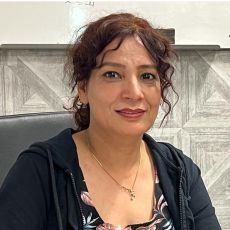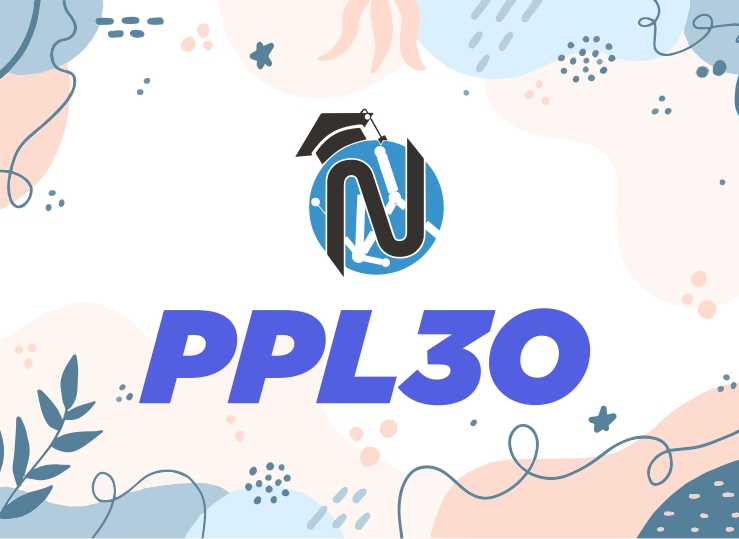
Healthy Active Living Education (PPL3O)
Course Description
This course enables students to further develop the knowledge and skills they need to make healthy choices now and lead healthy, active lives in the future. Through participation in a wide range of physical activities and exposure to a broader range of activity settings, students enhance their movement competence, personal fitness, and confidence. Students also acquire an understanding of the factors and skills that contribute to healthy development and learn how their own well-being is affected by, and affects, the world around them. Students build their sense of self, learn to interact positively with others, and develop their ability to think critically and creatively.
For Ministry Guideline Click Here
| Units | Descriptions | Length (Approximately) |
|---|---|---|
| Unit 1 | Interactive Activities Students participate and interact in supportive, enjoyable, and challenging settings both on and off the school site. They experience various types of physical activities that promote participation, responsible behaviour, effective group work skills, personal safety, and the safety of others. |
12 hours |
| Unit 2 | Personal Fitness This unit emphasizes the understanding students need to lead a healthy active life well beyond high school. Students address personal needs by monitoring, assessing, and revising individual action plans that focus on vigorous physical activity for sustained periods of time, health goals, and strategies to enhance lifelong participation. |
23 hours |
| Unit 3 | Healthy Living Students investigate the impact of health issues on themselves and others while studying sexual and reproductive health, relationship violence, personal safety, and mental health. Students demonstrate an understanding of the strategies and skills required in making good decisions, setting goals. and managing stress. The connection between positive mental health and healthy relationships are examined and related to a healthy lifestyle. |
28 hours |
| Unit 4 | Large and Small Group Activities Students participate in a balanced selection of activities from each of the four-sport/game categories (Invasion/Territory, Net/Wall, Striking/Fielding and Target). Opportunities, in challenging settings, are provided to enhance students’ physical skills and develop their ability to apply sport/game strategies. Each activity focuses on two aspects: 1. Personal improvement of physical skills (specific skills connected to sports/games) through the application of the movement principles (biomechanical principles) to refine movement. 2. Understanding sports/games strategies by addressing the primary elements of play (e.g., possession, invasion, and scoring). Students should recognize that the physical skills and strategies they learn in one sport/game are transferable to many sports/games. They should also recognize that, by participating in sports and games, they are establishing healthy, active lifestyles. |
28 hours |
| Unit 5 | Body Management Activities This unit provides opportunities for students to practise, develop, and refine their movement skills and build their levels of fitness through physical activities that teach body management, control of body rhythm, creativity, sequencing, composition, and stability. Students develop their aesthetic understanding of movement through dance, aquatics, fitness enhancers, weight training, gymnastics, recreation/leisure activities, and track and field. |
13 hours |
| Final Culminating Task (10%)-2 Hrs+Mock Test (2Hrs) + Final Exam (20%)-2 Hrs | 6 hours | |
| Total | 110 hours | |
Overall Curriculum Expectations
By the end of this course, students will:
- Active Participation - participate actively and regularly in a wide variety of physical activities and demonstrate an understanding of factors that can influence and support their participation in physical activity now and throughout their lives; A2. Physical Fitness - demonstrate an understanding of the importance of being physically active and apply physical fitness concepts and practices that contribute to healthy, active living; A3. Safety - demonstrate responsibility for their own safety and the safety of others as they participate in physical activities.
By the end of this course, students will:
- Movement Skills and Concepts - perform movement skills, demonstrating an understanding of the basic requirements of the skills and applying movement concepts as appropriate, as they engage in a variety of physical activities; B2. Movement Strategies - apply movement strategies appropriately, demonstrating an understanding of the components of a variety of physical activities, in order to enhance their ability to participate successfully in those activities.
By the end of this course, students will:
- Understanding Health Concepts - demonstrate an understanding of factors that contribute to healthy development; C2. Making Healthy Choices - demonstrate the ability to apply health knowledge and living skills to make reasoned decisions and take appropriate actions relating to their personal health and well-being; C3. Making Connections for Healthy Living - demonstrate the ability to make connections that relate to health and well-being – how their choices and behaviours affect both themselves and others, and how factors in the world around them affect their own and others’ health and well-being.
Assessment & Evaluation of student performance
Formative assessments are learning practices that provide important feedback to student progress. Examples include homework and quizzes.
Summative assessments form a foundation for final mark allotment at the end of the unit, term and final evaluation.
An achievement chart will be given to students at regular intervals and the purpose of the charts is to provide feedback to students in relation to content and performance strands.
| Knowledge and understanding | Communication | Thinking Inquiry and Problem solving | Application |
|---|---|---|---|
| 25% | 25% | 25% | 25% |
Unit Tests, Written assignments, presentations, Classroom Observations and Classroom conversations.










